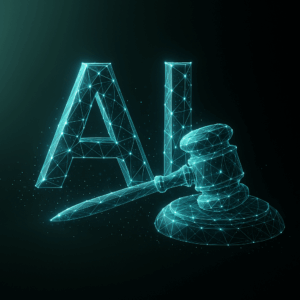
Computer vision is transforming industries with applications ranging from autonomous driving to medical diagnostics. However, several challenges hamper its full potential. This article explores the primary obstacles in computer vision, from technical limitations to ethical concerns, and discusses potential solutions to overcome these hurdles.
Data Quality and Availability
One of the biggest challenges in computer vision is the availability and quality of data. Computer vision systems rely on vast datasets to train machine learning algorithms. If the data is incomplete, biased, or of low quality, the system may struggle to make accurate predictions. A significant concern here is the imbalance in datasets, where underrepresented categories may lead to inaccurate recognition or bias in results.
Overcoming Data Challenges
Data augmentation, synthetic data generation, and access to more diverse datasets can help mitigate these challenges. Leveraging open datasets and collaboration across industries is key to improving the availability of high-quality training data.
Real-Time Processing
Another key challenge is achieving real-time processing in applications like autonomous vehicles and real-time facial recognition. The computational power required to process high-resolution images quickly can be immense, leading to bottlenecks in implementation.
Addressing Processing Limitations
Advances in hardware, such as GPUs and edge computing, are helping to alleviate these issues. Optimization techniques, including model compression and parallel processing, further enhance performance.
Interpretability and Transparency
A pressing challenge is the “black box” nature of computer vision systems. Understanding how a machine learning model reaches its conclusions is often difficult, raising concerns about interpretability and transparency. This lack of transparency can make it difficult to trust and validate the outcomes, especially in sensitive areas like healthcare and law enforcement.
Improving Transparency in AI
Efforts are underway to make computer vision models more interpretable, such as by using explainable AI (XAI) techniques, which provide insights into the decision-making process of AI models.
Ethical Concerns
The rapid adoption of computer vision in areas like surveillance, law enforcement, and social media raises ethical concerns. Issues such as privacy violations, facial recognition misuse, and algorithmic bias must be addressed to ensure responsible use of the technology.
Navigating Ethical Dilemmas
Creating clear ethical guidelines and enforcing regulations around the use of computer vision technology is essential. Researchers are focusing on reducing bias in AI models by ensuring diverse representation in datasets.
Future Prospects
While the challenges of computer vision are significant, the field is making strides in overcoming them. Collaboration across industries, innovation in hardware and software, and a focus on ethical AI development are key to addressing these obstacles.
Computer vision holds immense potential, but challenges like data quality, real-time processing, transparency, and ethical concerns remain. Solving these issues will be critical to the future success of AI-driven vision systems.


